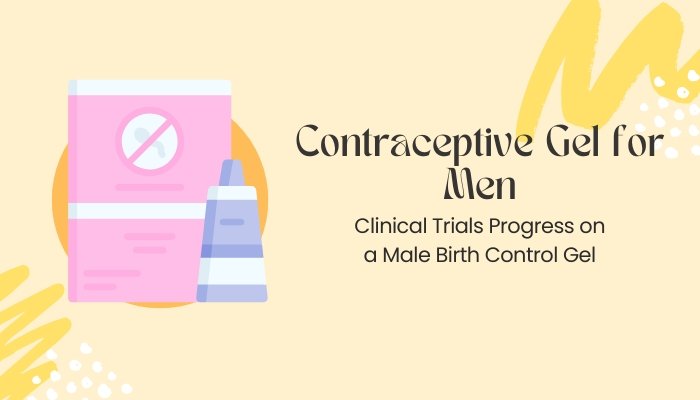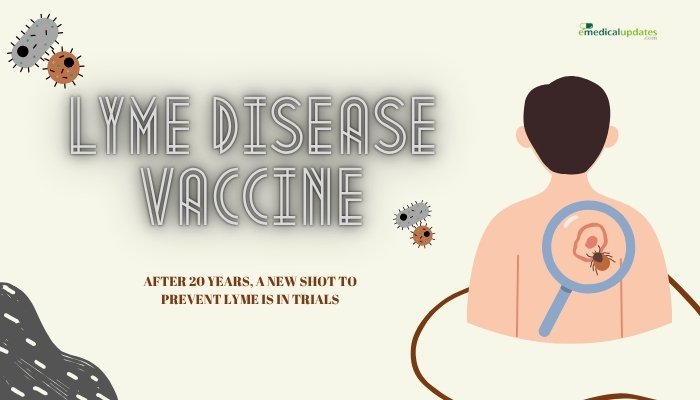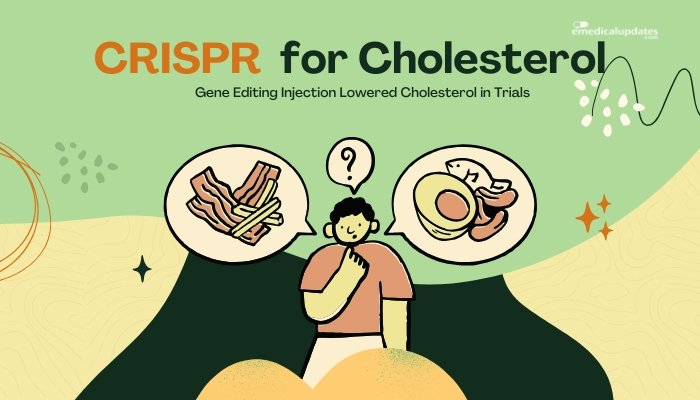Introduction
For decades, women have shouldered most of the responsibility for birth control. While men have used condoms or chosen vasectomy, new male contraceptive options have largely stalled in development. Now, scientists are testing a contraceptive gel designed for men—promising an alternative that’s easy, noninvasive, and reversible.
Applied daily to the skin, the gel aims to lower sperm count without major side effects. This article explores how male birth control gel works, its current trial status, and the broader implications for shared contraceptive responsibility.
The Need for a Male Contraceptive Beyond Condoms and Vasectomy
Gaps in Current Options
Men’s main contraceptive choices boil down to condoms, which can fail with incorrect use, or vasectomy, which is often permanent and requires surgery to reverse. Neither perfectly suits those wanting medium-term control or wishing to share contraceptive burdens more equally.
A Fairer Contraceptive Landscape
If men can reliably manage fertility, couples can alternate or combine male and female methods. This fosters more balance in family planning choices, reducing unplanned pregnancy risk and placing less onus on female-centric hormonal methods that carry certain health risks (like thrombosis or hormone-driven side effects).
How the Male Contraceptive Gel Works
Hormonal Mechanisms
The experimental gel typically contains:
- Progestin (e.g., Nestorone): Lowers the testes’ testosterone production, thereby suppressing sperm.
- Testosterone Supplement: Offsets side effects of low testosterone (like reduced libido, muscle mass). Maintains normal masculine functions.
By applying the gel daily on shoulders or upper arms, men absorb hormones transdermally, ensuring stable levels without daily pills or injections.
Impact on Sperm Production
The pituitary gland senses the external progestin/testosterone, downregulating the testes’ natural testosterone output essential for spermatogenesis. Over several weeks, sperm count drops below levels typically needed for fertility (often <1 million sperm/mL). When the gel is stopped, sperm production recovers over months, returning fertility.
Clinical Trials and Preliminary Findings
Phase II Trials
International consortia (like NICHD, the Population Council) are conducting multi-center Phase II trials:
- Participants: Couples rely on the gel alone as primary contraception over many months.
- Efficacy Measurement: Rate of unintended pregnancies compared to known female methods.
- Safety Monitoring: Hormone levels, mood changes, sexual function, and potential side effects like acne or mild testicular changes.
Early Results
While definitive large-scale data is pending, smaller pilot studies show:
- High Contraceptive Effectiveness: Sperm counts remain suppressed in the majority of men who consistently use the gel.
- Minimal Adverse Effects: Some men report minor skin irritation or changes in libido, but major complaints are rare.
- Reversibility: Sperm levels typically return to normal range within several months after discontinuation.
Advantages Over Other Methods
- Non-Invasive: Unlike vasectomy or implants, a daily topical gel is painless, requiring no permanent changes.
- User-Controlled: Similar to daily contraceptive pills for women, men can manage fertility on their own.
- Potential for Easy Reversal: Once application stops, natural hormone production should eventually resume, restoring fertility.
Challenges and Considerations
Consistent Use
Daily application is critical. Missing multiple days might restore sperm count. Adherence is key, as with any hormonal regimen.
Societal Acceptance
Men’s willingness to adopt a new responsibility for contraception can vary. Cultural beliefs or misconceptions may hamper acceptance. Education on reliability and minimal side effects is vital.
Regulatory and Market Introduction
If Phase III trials confirm safety and efficacy, approval might still hinge on pharmacy distribution and insurance coverage. Widespread acceptance depends on cost, convenience, and real-world success rates.
Future Outlook
Large-Scale Phase III Trials
Researchers aim for thousands of participants to demonstrate consistent results across diverse populations, ensuring that the gel method is robust under typical use patterns.
Expanding the Contraceptive Landscape
Men might combine the gel with female methods or condoms for added security, particularly in the initial adaptation period. Over time, the gel could stand alone as a fully validated option, potentially transforming the way couples manage fertility.
Innovations in Delivery
If daily application proves burdensome, future versions might explore extended-release patches or monthly injectables. The success of the gel approach lays the foundation for additional male contraceptive formats.
Frequently Asked Questions
- Does the gel affect male libido or sexual function?
- The added testosterone usually prevents any negative impact on libido. Some men experience mild changes, but large trials so far suggest minimal disruption.
- How long until fertility returns after stopping?
- Typically, sperm production recovers over three to six months, varying by individual.
- Is it as effective as female hormonal birth control?
- Preliminary data indicate high effectiveness, though final large-scale data is needed to compare efficacy directly.
- Any long-term health risks?
- Current evidence suggests manageable side effects. Ongoing trials monitor cardiovascular, metabolic, and prostate health indicators.
- When might it be available?
- If Phase III confirms positive results, it might reach some markets in a few years, depending on regional regulatory timelines.
Conclusion
A new male contraceptive gel is on track to expand men’s birth control choices, tapping a combination of progestin and testosterone to reversibly suppress sperm production. Early clinical trials highlight strong efficacy, minimal side effects, and the potential for a fundamental shift in shared contraceptive responsibilities. Before becoming standard, further data is needed on large cohorts to confirm safety, real-world adherence, and cost-viability.
If these hurdles are cleared, men could soon add a convenient, flexible, and non-surgical method to the limited male contraception toolkit—bridging the gender gap in birth control and fostering more equitable decision-making between partners. With each trial milestone, the possibility of a widely available, needle-free, daily contraceptive routine for men moves closer to reality.
References
-
Nieschlag E, et al. (2021). “Progress and prospects in male hormonal contraception.” Nat Rev Endocrinol.
-
Thirumalai A, et al. (2022). “Male contraceptive gel trials: a multicenter approach.” J Clin Endocrinol Metab.
-
Public Health Institute, NICHD (2023). “Male Contraceptive Efficacy Trials: summary updates.”
-
Wang C, Swerdloff RS. (2020). “Hormonal and non-hormonal male contraception in development.” Contraception.







